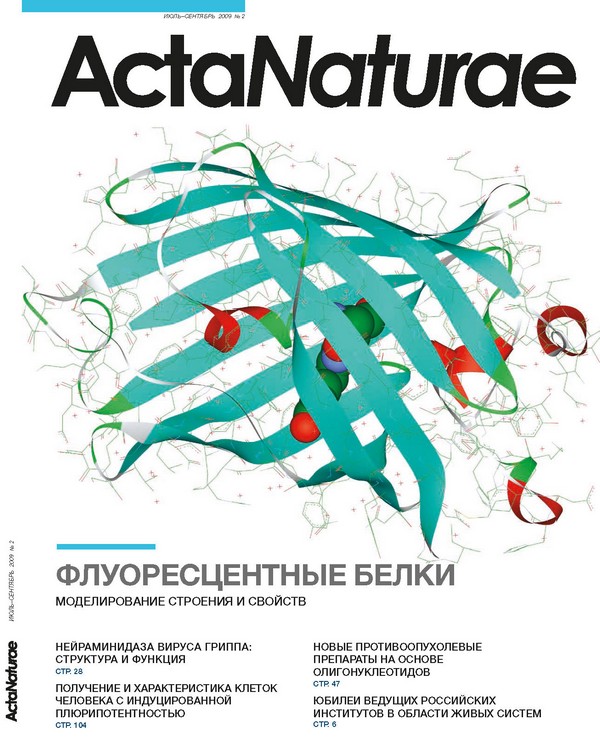The Institute of Chemical Biology and Fundamental Medicine of the Siberian Division of the Russian Academy of Sciences (until 2003 the Novosibirsk Institute of Bioorganic Chemistry)
- Authors: - -
- Issue: Vol 1, No 2 (2009)
- Pages: 13-14
- Section: Articles
- URL: https://actanaturae.ru/2075-8251/article/view/10800
- DOI: https://doi.org/10.32607/20758251-2009-1-2-13-14
- ID: 10800
Cite item
Abstract
Full Text
In the spring of 1957, a decree of the Council of Ministers of the USSR founded the Siberian Branch of the USSR Academy of Sciences. At the beginning, this branch included 10 institutes, which were involved in various natural sciences. During the planning of the Siberian Branch of the USSR Academy of Sciences, no provision was made for an institute specializing in physical-chemical problems in biology. This new branch of science remained a pariah, because the leader of the country, N.S. Hrushtschev, was under the influence of the charlatan ideas of T.D. Lysenko. That is why Michael Alexeevich Lavrentyev, the man charged with organizing the Siberian Branch, could only create the Institute of Cytology and Genetics (ICG), headed by Nikolai Petrovich Dubinin, who undoubtedly understood the value of chemical and physical methods in modern biology. Even this veiled attempt at organizing molecular biology research failed as Hrushtschev arrived at the Novosibirsk Academic Town in person and removed Nikolai Dubinin from the post of ICG Director. The institute was saved after Dmitry Konstantinovich Belyaev became the new director. He was a progressive geneticist working with furproducing animals, a commodity much more understandable to the top officials, rather than the Drosophila fruit-fly, the research of which led to most of the fundamental discoveries in genetics. The future of biology in this country worried many prominent scientists.×
References
Supplementary files







